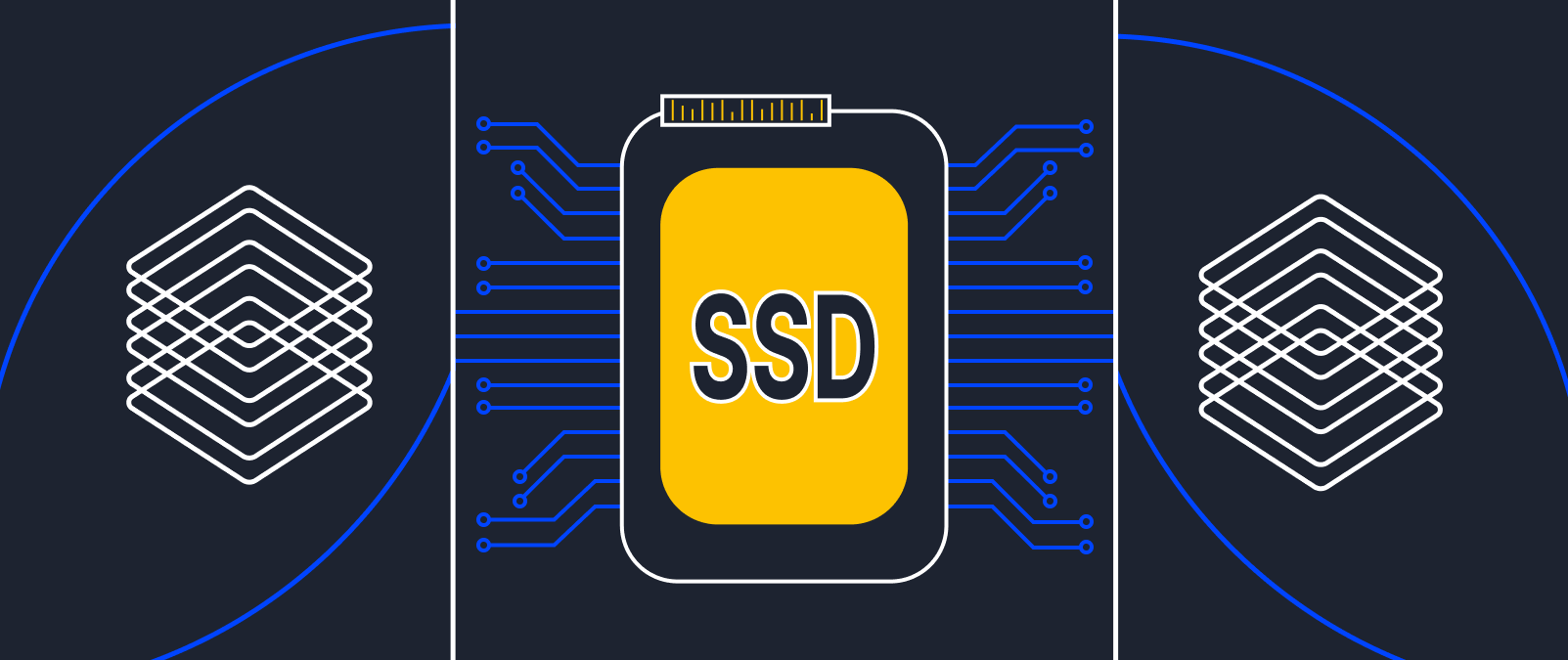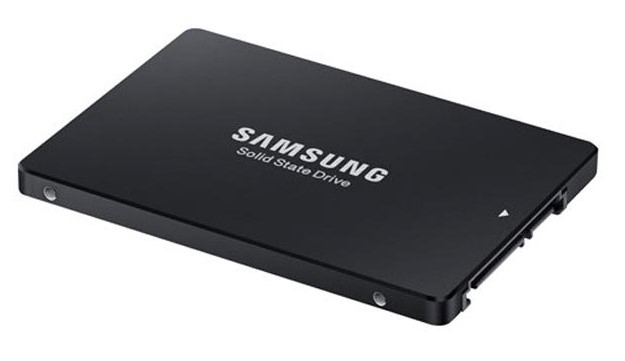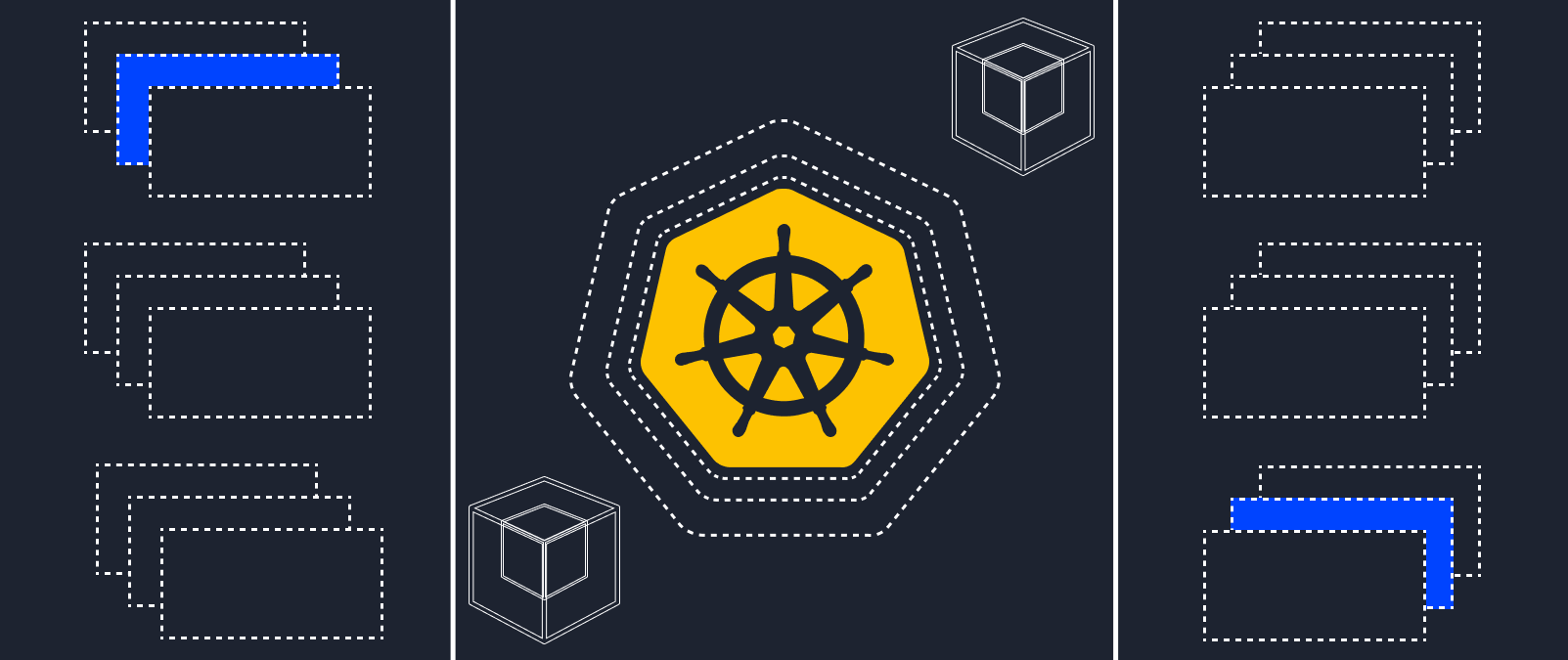SSDs for server

Virtual servers are a key element of modern cloud infrastructure, offering flexibility, scalability and optimum resource utilization. When choosing the most suitable data storage for cloud servers, SSD (Solid State Drive) becomes one of the best solutions due to their high performance. In this article, we'll look at the benefits of using SSDs for virtual servers.
What is SSD?
A Solid State Drive (SSD) is an electronic storage device that replaces the moving parts of mechanical disks with electronic components and uses flash memory to write and read information. Unlike HDD drives, which have rotating disks and magnetic heads for reading and writing data, SSD drives do not have moving parts. Instead, they are made up of chips that store information in the form of electrical signals.

SSD standards
There are several interface standards used in SSDs. Here are some of the most common interfaces:
- SATA is the most common interface for SSDs. It is used to connect the SSD to a computer motherboard or other device. The SATA interface provides data transfer speeds of up to 6Gbit/s (SATA III), although older versions of SATA can have lower speeds.
- PCIe interface offers faster data transfer speeds than SATA. This is used to connect an SSD to a PCIe slot on the motherboard. PCIe SSDs can achieve higher data transfer speeds and provide faster memory access.
- NVMe is a communication protocol developed specifically to work with flash memory and high-performance SSDs. NVMe SSDs also use the PCIe interface for connectivity and offer higher data transfer speeds and lower latency than SATA or standard PCIe SSDs.
- U.2 (formerly known as SFF-8639) is an interface which also uses PCIe to connect an SSD, but has a separate physical connector from the normal PCIe slot. U.2 SSDs are typically used in servers and high performance systems.
Note that some SSDs can support multiple interfaces. For example, an M.2 SSD can use both SATA and PCIe interfaces. When selecting an SSD it is important to ensure that the interface is compatible with your system and meets your performance and functionality requirements.
SSDs for server
SSDs are a new generation of data storage devices that offer significant advantages for data centers over traditional hard disk drives (HDDs).

SSDs benefits
- They offer faster read and write speeds than HDDs, resulting in faster system performance, application loading and file transfers. With no moving parts and no mechanical delays associated with drive rotation, SSDs are able to process I/O operations quickly. This enables virtual servers to load the operating system quickly, run applications and provide responsive data handling.
- Due to the absence of mechanical parts, SSDs have low latency when accessing data, making them responsive and allowing fast I/O operations. This is especially important for virtual servers, where fast data access is critical to performance and responsiveness. With SSD drives, VPS can process requests and operations instantly.
- SSD drives offer high flexibility and scalability for virtual servers. They make it easy to scale storage, add or expand storage capacity, and manage virtual machines. Thanks to the high performance of SSDs, virtual servers can handle a variety of workloads and deliver consistent performance.
- SSDs are less prone to damage caused by mechanical effects such as shock or vibration, making them more robust and resilient to failure. This reduces the risk of virtual server failures and data loss. SSDs also have built-in error detection and correction mechanisms, increasing the reliability of data storage.
- SSDs consume less power than HDDs. The lack of rotating disks and moving parts reduces power consumption, resulting in lower power costs and reduced load on the server cooling system. This is particularly important for large-scale data centers where energy efficiency is a critical factor.
- SSDs are compatible with various operating systems and virtualisation platforms, making them a versatile virtual server solution. They can be easily integrated into your existing infrastructure and shared with other storage solutions, providing flexibility and compatibility with different system configurations and requirements.
- SSD drives are compact in size and lighter in weight than HDDs. This makes them an ideal choice for virtual servers, especially in space-constrained environments such as rack-mounted servers. They make server installation and maintenance easier.
In server systems and data centers, SSDs are used for high performance, reliability and scalability. They speed up I/O operations, reduce data access times, increase server efficiency and improve the handling of large data volumes.
How to choose SSDs?
If you don't want to bother choosing SSDs for your server, you can use a cloud infrastructure from a provider that has already taken care of this. However, if you want to dive deeper into this issue, you can use these criteria to select system drives:

- Evaluate the performance required of the server and the tasks it will perform. Consider the data read and write speed, measured in megabytes or gigabytes per second. Choose SSD drives that can provide sufficient speed for the required operations.
- Calculate the required storage capacity, taking into account the size and type of data to be stored on the server. Determine the amount of data you plan to handle and select SSDs with the appropriate capacity.
- Pay attention to reliability metrics such as MTBF (mean time between failures) and TBW (the number of terabytes that can be written to the drive). The higher these values, the more reliable and durable the SSD will be.
- Make sure that the SSDs support a compatible interface for your server. The most common interfaces are SATA, PCIe and NVMe. Check which interface is supported by your server and select SSDs compatible with that interface.
- Explore the management features and functionality of SSDs. Some SSDs offer additional features such as hardware data encryption, power failure protection technology, wear management features, etc. Choose an SSD with features that meet your data security, management and reliability requirements.
- Make sure that the selected SSDs are compatible with your server architecture and operating system. Check if there are drivers and support for the selected SSDs. Also consider scalability and adding additional SSDs in the future to ensure flexibility of your server infrastructure.
SSDs represent a significant advancement in storage, offering high performance, reliability, energy efficiency and mobility. Their advantages and wide range of applications make them the right choice for a variety of scenarios, including personal computers, servers, mobile devices and data centers. As technology advances, SSDs continue to improve, delivering even greater capacity and performance, making them arguably the most important component in today's storage systems.






